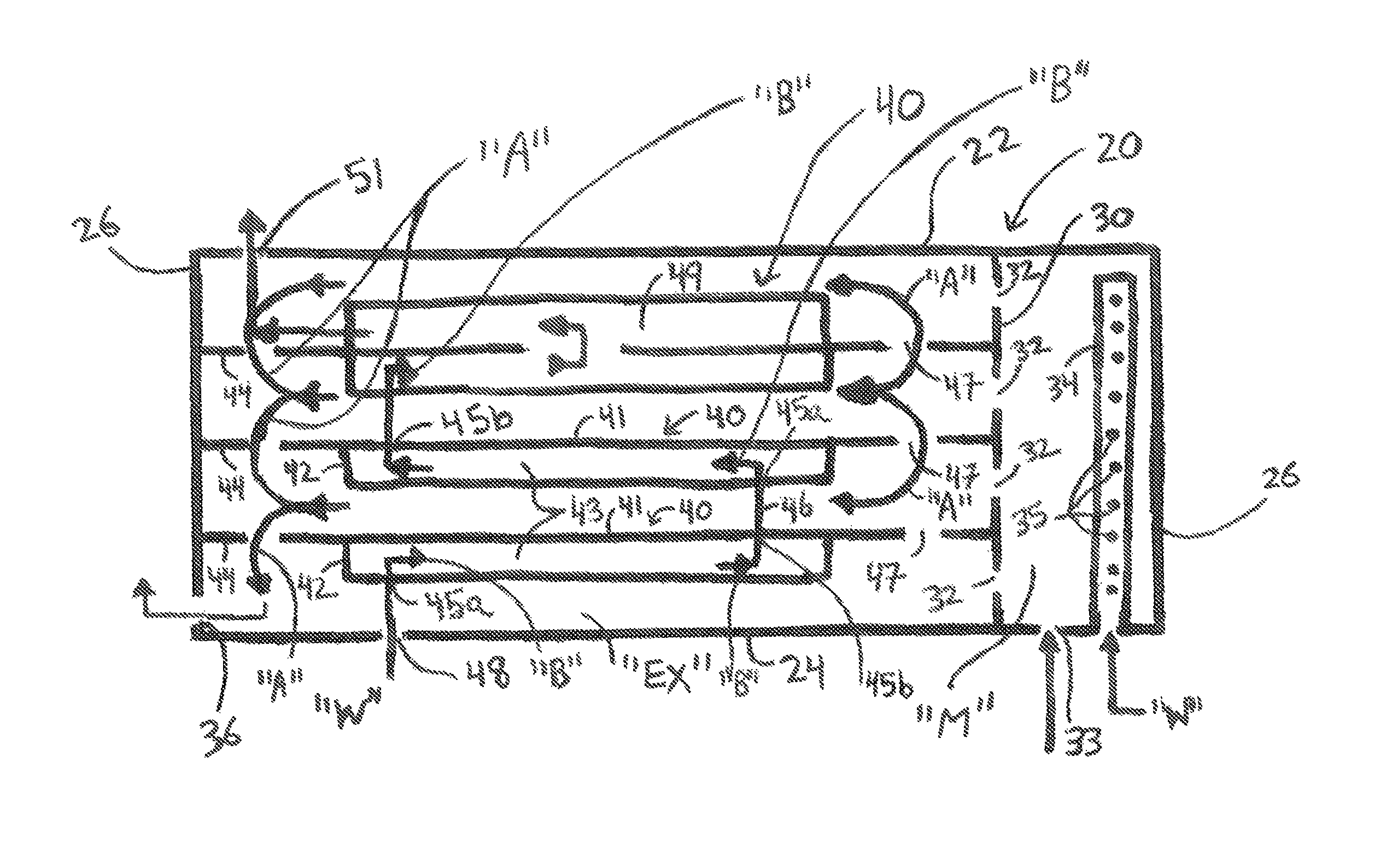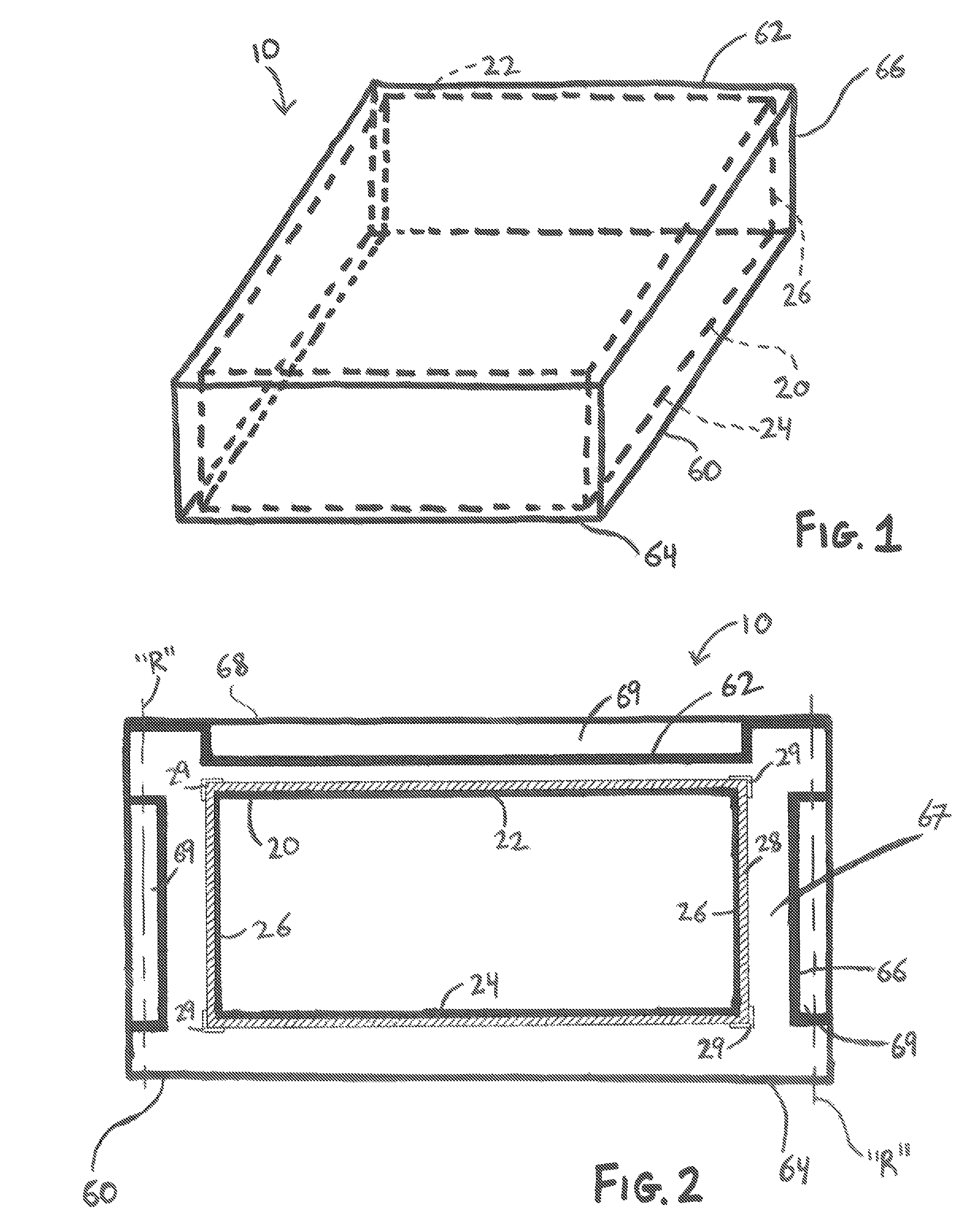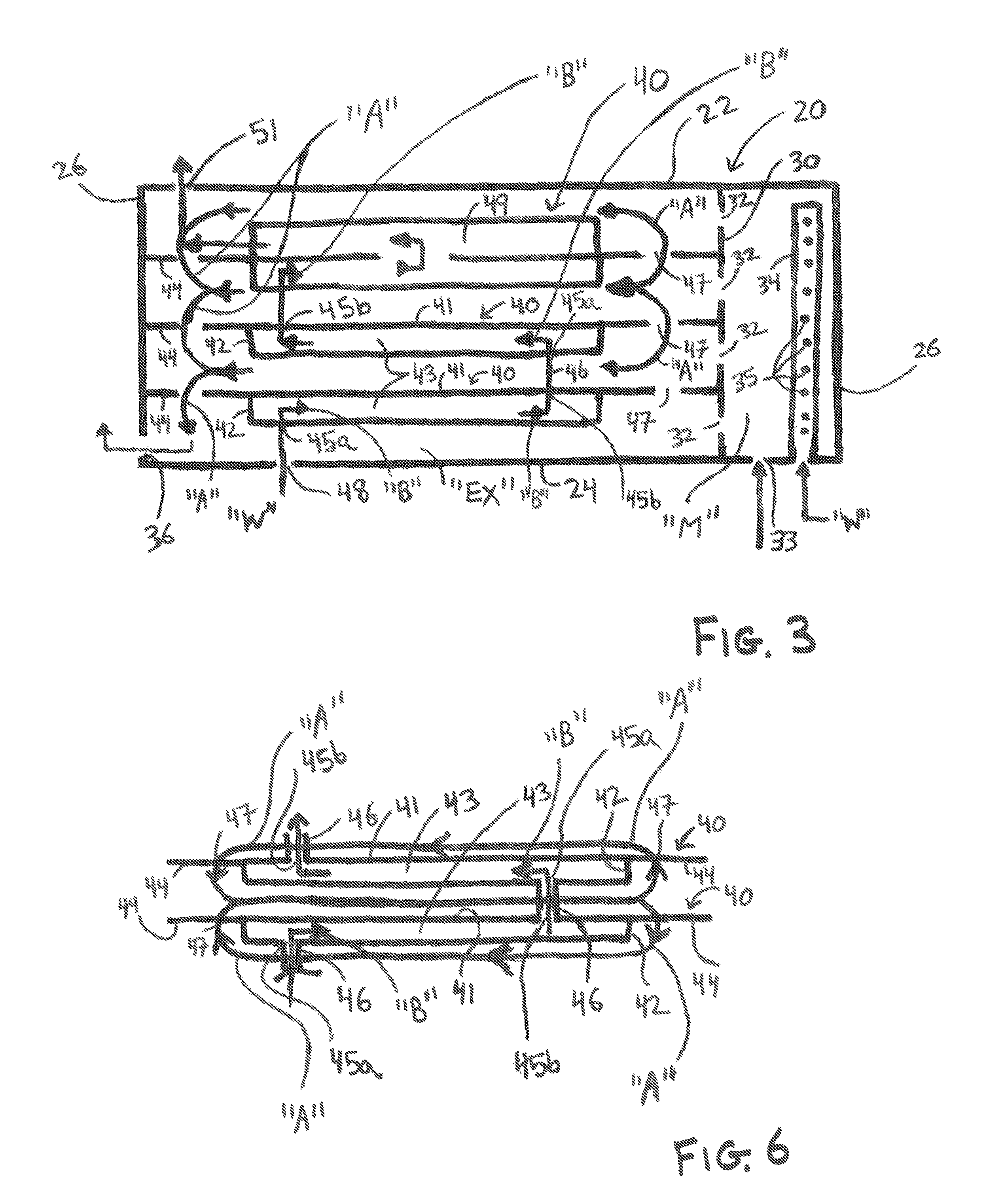Heat exchangers, boilers, and systems incorporating the same
a heat exchanger and heat exchange technology, applied in the field of boilers, can solve the problems of reducing unable to achieve the confinement of the source medium within the boiler, and a large amount of heat energy escaping, so as to improve the heat exchange efficiency of these boilers and systems, and minimize the dominant resistance to heat exchang
- Summary
- Abstract
- Description
- Claims
- Application Information
AI Technical Summary
Benefits of technology
Problems solved by technology
Method used
Image
Examples
Embodiment Construction
[0046]Various embodiments of the present disclosure will now be described in detail with reference to the drawings, wherein like reference numerals identify similar or identical elements. In the following description, well known functions or constructions are not described in detail to avoid obscuring the present disclosure. To the extent consistent, any of the aspects and / or features of any of the embodiments detailed herein may be used in conjunction with any of the aspects and / or features of any of the other embodiments detailed herein.
[0047]The present disclosure provides heat exchangers, boilers, and systems incorporating the same wherein the boilers generally include a fume generator, and a primary heat exchanger for heating a receiver medium using the source medium from an approximately room temperature liquid to a hot liquid and / or vapor. In some embodiments, depending on a particular purpose, a secondary heat exchanger is provided for further heating the receiver medium to ...
PUM
 Login to View More
Login to View More Abstract
Description
Claims
Application Information
 Login to View More
Login to View More - R&D
- Intellectual Property
- Life Sciences
- Materials
- Tech Scout
- Unparalleled Data Quality
- Higher Quality Content
- 60% Fewer Hallucinations
Browse by: Latest US Patents, China's latest patents, Technical Efficacy Thesaurus, Application Domain, Technology Topic, Popular Technical Reports.
© 2025 PatSnap. All rights reserved.Legal|Privacy policy|Modern Slavery Act Transparency Statement|Sitemap|About US| Contact US: help@patsnap.com



